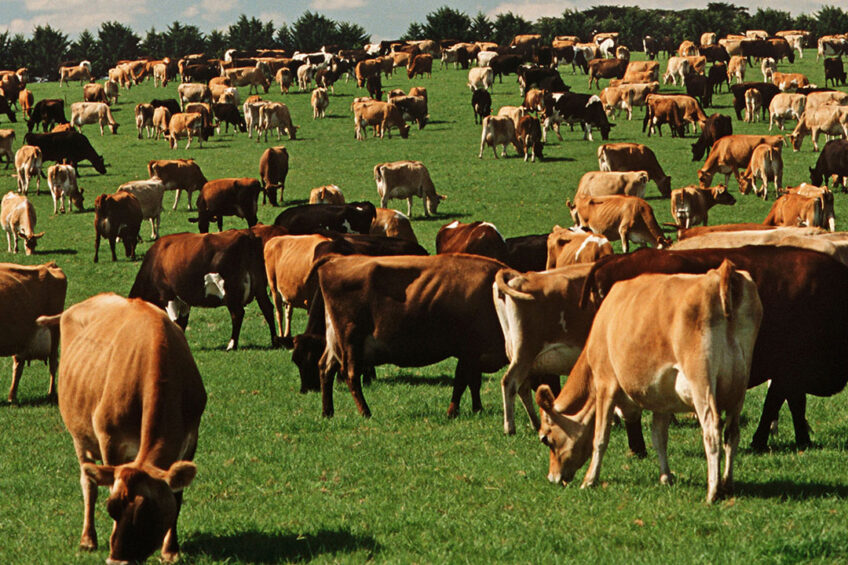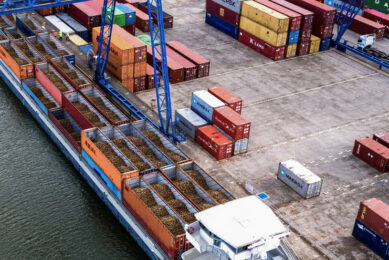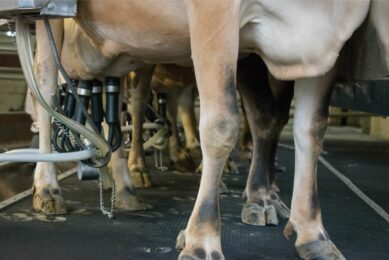A look at dairy cow numbers across the EU

Two European Union countries – Germany and France – have more than a third of all the dairy cows across member states.
Between them, they had more than 7 million cows in 2022 out of a total of 20.1 million, according to EuroStat figures.
Germany had the largest dairy cow population within the EU, recording 3.8 million animals, accounting for 17% of the total EU (excluding the UK) dairy population. France had 3.2 million animals while Poland had the third-largest national herd with just over 2 million animals.
The majority of EU countries recorded an annual decline in cow numbers in 2022, with France recording the largest loss with 91,720 (2.7%) fewer animals than in the previous year.
One country to buck the trend was Austria, which recorded the largest expansion within the EU last year. The population reached 551,000 head, up 24,090 (4.6%) on 2021.
At the other end of the scale, Malta continued to be the smallest milk-producing nation within the EU, with just 6,120 recorded in 2022.
The UK, which used to have the third-largest herd in the EU before Brexit, had 2.65 million head, down just 1,000, according to Defra figures. In December, the milking herd totalled 1.86 million head, a slight increase on the same period in 2021.
There are likely to be further falls in cow numbers this year. In its short-term dairy outlook, the European Commission forecasted a drop of 0.2% in milk production for 2023. With a forecasted 1% increase in slaughtering, there will be less milk available in 203 due to a declining dairy herd.
Tom Price, analyst at the UK’s Agriculture and Horticulture Development Board said the second half of the year could see large drops in production due to declining milk prices. This could be offset by higher yields as long as there is not a repeat of the very hot and dry weather of last summer.
Join 13,000+ subscribers
Subscribe to our newsletter to stay updated about all the need-to-know content in the dairy sector, two times a week.










